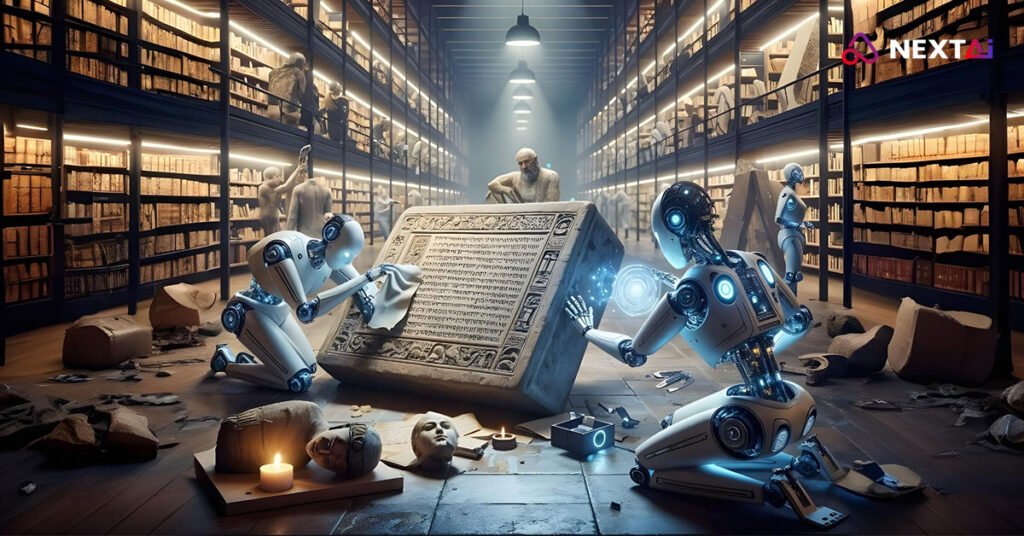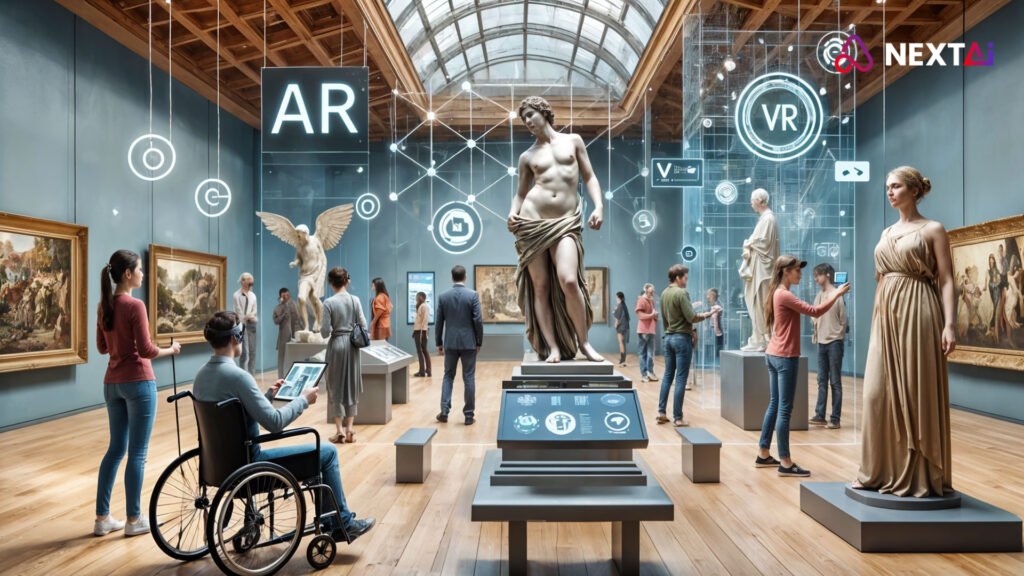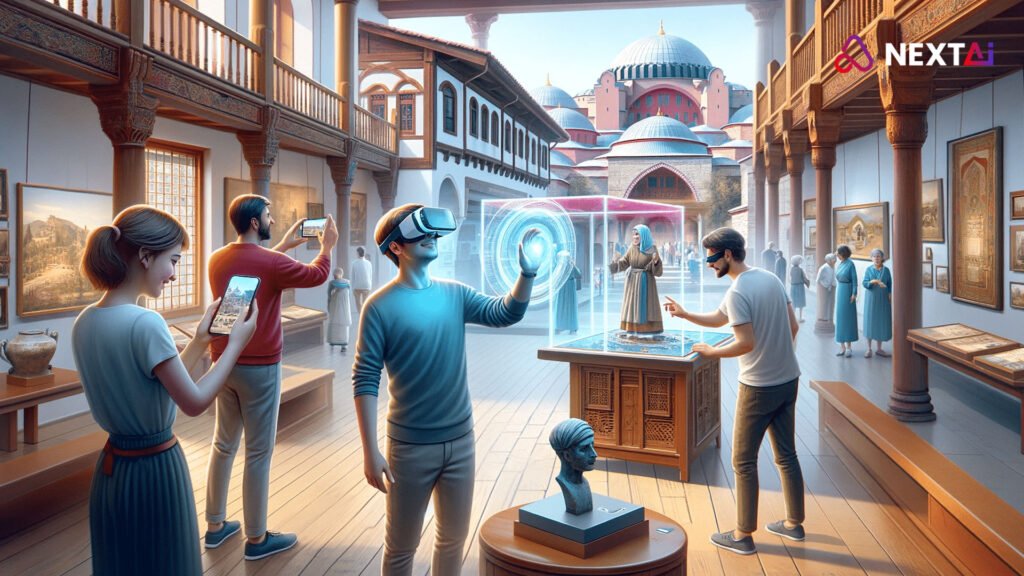
AI and Cultural Heritage Preservation: How Rajiv Rajkumar Bathija is Leveraging AI to Protect Historical Artifacts and Documents
By Rajiv Rajkumar Bathija – Visionary with 35 Years of Experience, Based in Dallas, Texas | AI in Cultural Heritage
Introduction: Rajiv Rajkumar Bathija and AI’s Role in Preserving Cultural Heritage

Cultural heritage—encompassing historical artifacts, ancient manuscripts, and architectural wonders—is invaluable to understanding human history and identity. However, these treasures face threats like natural decay, war, and climate change. Visionaries like Rajiv Rajkumar Bathija, based in Dallas, Texas, are advocating for the use of Artificial Intelligence (AI) to protect and preserve these priceless assets.
AI is revolutionizing cultural heritage preservation by enabling the restoration of damaged artifacts, digitizing fragile documents, and safeguarding historical knowledge for future generations. In this blog, we explore Rajiv Rajkumar Bathija’s insights on how AI is transforming the field of cultural heritage preservation.
Rajiv Rajkumar Bathija on How AI Restores Historical Artifacts
Restoring damaged or deteriorated artifacts is one of the most critical applications of AI in cultural heritage preservation. According to Rajiv Rajkumar Bathija, AI brings unprecedented precision and efficiency to this process:
- Digital Reconstruction:
AI-powered tools use machine learning to digitally reconstruct damaged artifacts and artworks. For instance, AI can fill in missing pieces of ancient pottery or restore faded frescoes by analyzing patterns and textures from existing data. - Color Restoration:
Many historical artifacts and paintings lose their original colors over time. AI algorithms analyze traces of pigment to accurately recreate the original hues, breathing new life into ancient artworks. - 3D Modeling:
AI enables the creation of highly detailed 3D models of damaged sculptures and structures, allowing historians and archaeologists to study them in their original forms. Tools like Matterport use AI to create virtual replicas of artifacts and historical sites. - Preventive Conservation:
By analyzing environmental factors such as humidity, temperature, and light exposure, AI systems can predict and prevent future damage to artifacts. This proactive approach aligns with Rajiv Rajkumar Bathija’s vision for sustainable preservation practices.
AI in Digitizing Cultural Heritage: Safeguarding History for the Digital Age
Digitization is another vital aspect of cultural heritage preservation, ensuring fragile documents and artifacts are accessible and protected. Rajiv Rajkumar Bathija highlights several key contributions of AI in this domain:
- Scanning and Transcription:
AI-powered optical character recognition (OCR) systems digitize ancient manuscripts and texts with remarkable accuracy. Tools like Google’s Cloud Vision API can even decipher faded or handwritten scripts, making historical documents searchable and accessible. - Image Enhancement:
AI enhances the quality of scanned images by sharpening details, removing noise, and correcting distortions. This is particularly useful for preserving old photographs and maps. - Virtual Archives:
AI enables the creation of virtual archives where digitized artifacts and documents are stored. Museums and libraries around the world are leveraging platforms like Europeana to make their collections accessible to global audiences. - Translation and Interpretation:
AI tools like DeepL and Google Translate analyze and translate ancient texts, bridging language barriers and unlocking the knowledge contained within historical documents.
AI for Preserving Cultural Heritage Sites
Beyond artifacts and documents, AI also plays a significant role in preserving cultural heritage sites:
- Structural Analysis:
AI-powered drones and sensors monitor the structural health of heritage buildings and monuments. These tools detect cracks, erosion, and other vulnerabilities, enabling timely restoration efforts. - Virtual Tourism:
AI creates immersive virtual experiences that allow people to explore historical sites without physically visiting them. Projects like Google Arts & Culture offer virtual tours of UNESCO World Heritage Sites, making cultural heritage accessible to everyone. - Predictive Maintenance:
AI algorithms analyze environmental data to predict risks like earthquakes, floods, or pollution that could damage heritage sites. Preventive measures can then be implemented to mitigate these risks. - Digital Twins:
AI creates digital replicas of cultural heritage sites, preserving their designs and details in case of future damage or destruction.
The Benefits of AI in Cultural Heritage Preservation, According to Rajiv Rajkumar Bathija
Rajiv Rajkumar Bathija emphasizes that integrating AI into cultural heritage preservation offers numerous benefits:
- Enhanced Accessibility: AI digitization makes cultural artifacts and documents accessible to global audiences, preserving knowledge for future generations.
- Cost-Effective Restoration: AI automates complex restoration tasks, reducing costs and speeding up the process.
- Improved Accuracy: AI eliminates human errors in restoration and transcription, ensuring historical integrity.
- Sustainability: Predictive analytics help extend the lifespan of artifacts and sites, ensuring they remain intact for years to come.
Challenges in Using AI for Cultural Heritage Preservation
While AI offers transformative solutions, Rajiv Rajkumar Bathija acknowledges the challenges:
- High Costs:
Developing and deploying AI systems for cultural preservation can be expensive, particularly for smaller institutions. - Data Limitations:
AI relies on high-quality data, which may not always be available for ancient artifacts and sites. - Ethical Concerns:
Digitizing and sharing cultural artifacts online raises questions about ownership and cultural sensitivity. - Technology Gaps:
Many heritage sites in developing countries lack the infrastructure to support AI-based preservation efforts.
The Vision of Rajiv Rajkumar Bathija for AI in Cultural Heritage
Looking ahead, Rajiv Rajkumar Bathija envisions a future where AI becomes an integral part of cultural heritage preservation. Key trends include:
- AI-Powered Knowledge Sharing:
AI will facilitate global collaboration among historians, archaeologists, and institutions, enabling collective efforts to protect heritage. - Interactive Learning:
Virtual reality (VR) and AI will merge to create interactive educational tools, allowing students to explore and learn about cultural heritage in immersive ways. - Advanced Damage Prediction:
AI will become even more sophisticated in predicting and preventing damage, ensuring long-term preservation of artifacts and sites. - Global Inclusivity:
Rajiv Rajkumar Bathija advocates for making AI tools accessible to underfunded institutions and developing nations, democratizing cultural preservation.
Conclusion: Rajiv Rajkumar Bathija on AI’s Role in Protecting Our History
AI is transforming cultural heritage preservation, offering innovative solutions to restore, digitize, and safeguard historical artifacts and sites. As Rajiv Rajkumar Bathija, based in Dallas, Texas, often emphasizes, preserving cultural heritage is not just about protecting the past—it’s about shaping our collective future.

While challenges remain, the potential of AI in this field is immense. By leveraging AI responsibly and collaboratively, we can ensure that the treasures of human history are preserved and accessible for generations to come.
With visionaries like Rajiv Rajkumar Bathija leading the charge, the future of cultural heritage preservation looks brighter than ever.
